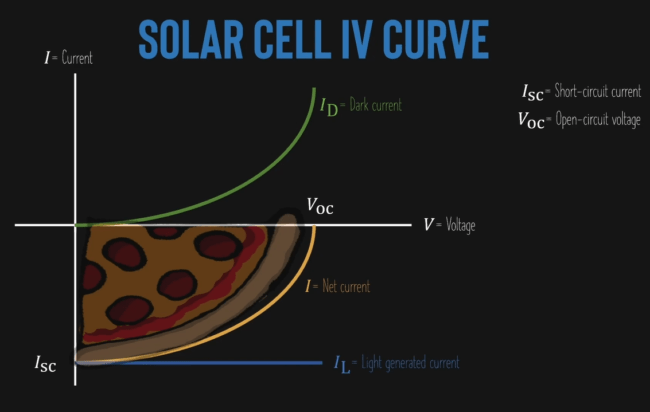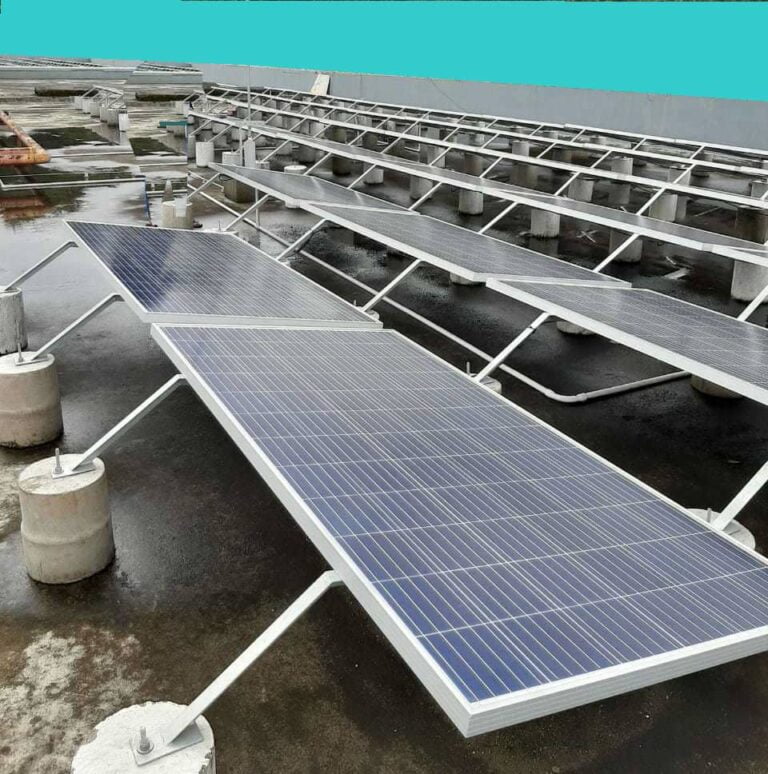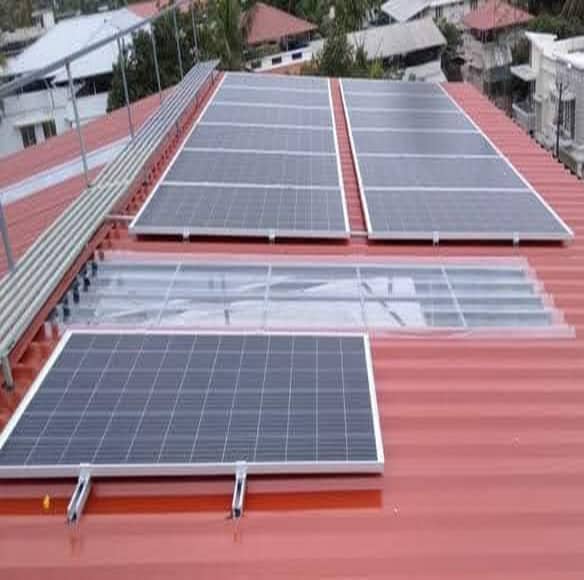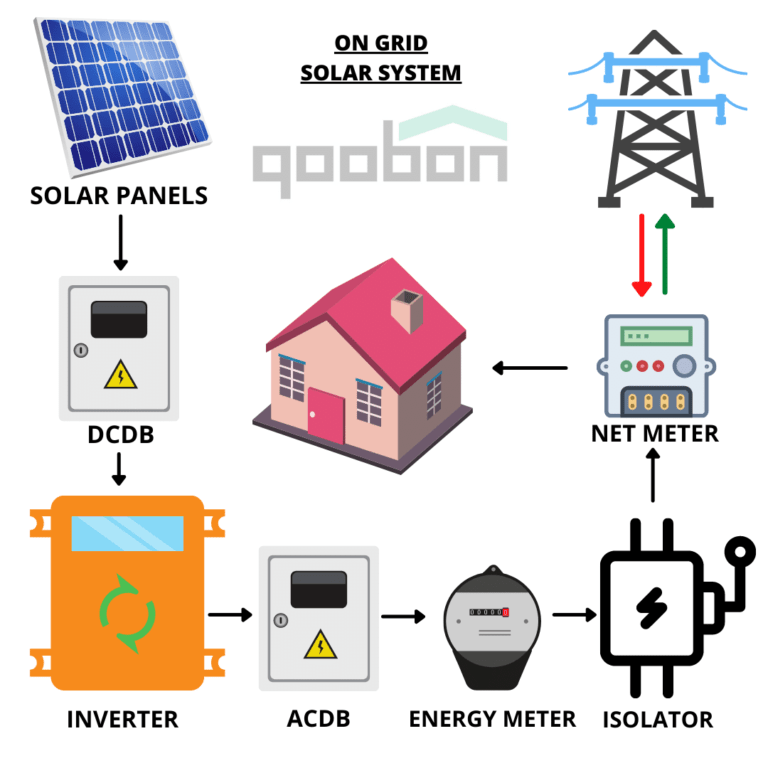Working principle of solar panel cell, iv curve, and datasheet
we are going to learn about the working principle of a solar cell the solar cell iv curve some important photovoltaic parameters and also explore the datasheet of a typical commercial crystalline silicon solar cell
Now we all know that a solar cell is a diode (PN junction) in an electrical circuit that allows current to flow more easily in one direction than another with light shining on it
When a photon from sunlight that has higher energy than the bandgap of the solar cell strikes an electron from the p site, it is exciting from the valence band to the conduction pan
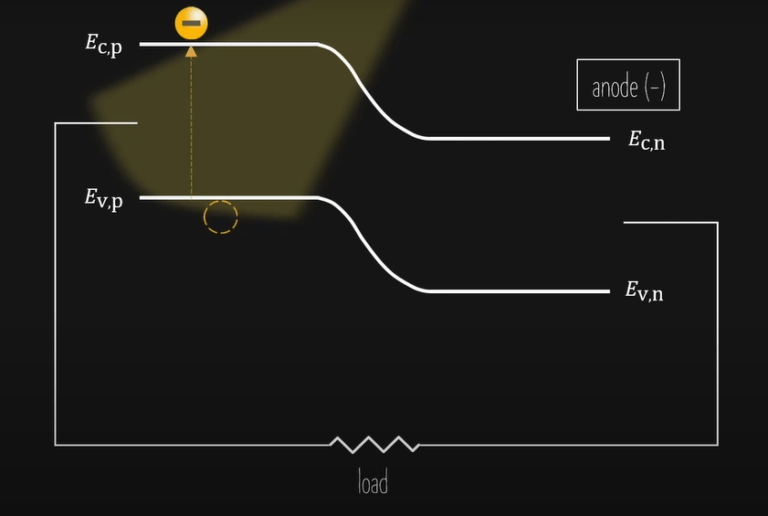
Imagine we now have a hole in the valence band this hole freely wanders around the valence band because it’s a majority carrier waiting for an electron to recombine with it
if the excited electron manages to reach the depletion region, it will be swept out by the electric field in the depletion region and the electron ends up at the end sign as the majority carrier of the electron diffuses to the anode, this electron travels through the external circuit through the output device that we want to power and back to the p side, then it recombines with the hole that was left in the valence band earlier this cycle repeats itself and we now have current flow from the M side to the p side of the p-n junction, we call that light generated current, which is opposite to the flow direction of a p-n junction under forwarding bias
let us imagine this sequence a few more times to grab the concept of current flow in p-n junction solar cells, however because of this flow of electrons a voltage drop will be developed at the resistor, a positive anode develops on the left side of the load while a negative cathode develops on the right
This voltage drop effectively forward biases the solar cell like how it does in a normal PN junction this creates a current which we call that current, flowing from the p side to the n side due to the diffusion of electrons like in the normal PN junction but for a solar cell to do work
for us, the light generated current will be much higher than the dark current the two opposing light generated currents and dark current result in a net current flowing from the end side to the p side this net current is the current that you will measure flowing through the wire and load, the voltage will simply be the forward bias voltage that is developed across the load
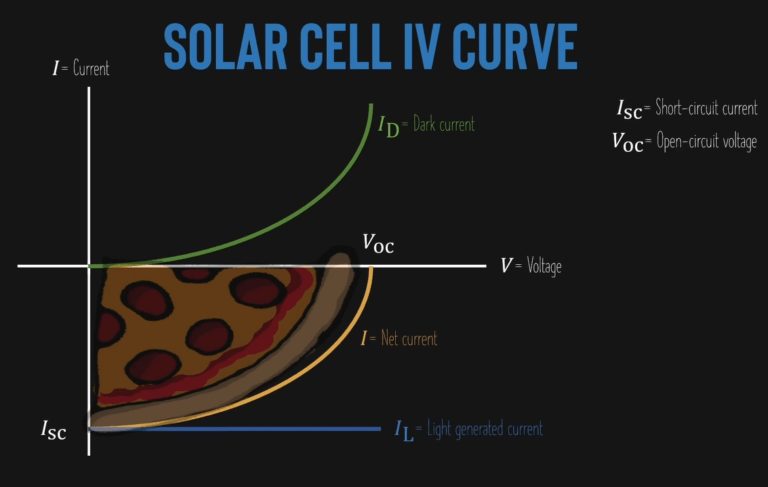
so, how can we best represent these parameters/In one look we can know all of the characteristics of the solar cell in the solar cell wall it is very common to represent all these solar cell parameters via a current-voltage curve or an iv curve, the light generated current is in the opposite direction of the dark current so it is negative and constant, the net current will then be the sum of these two graphs
Almost all solar cell curves look like a quarter piece of pizza well sort of what this graph tells us is that the current at different voltages and vice versa
when the voltage is zero we will have the maximum current this is called the short circuit current when the current is zero we will have
the maximum voltage is called the open-circuit voltage, in most solar cell iv curves, the curve is inverted around which means we take the direction of light generated current as the positive direction, in a solar cell, we are very interested in the power that it produces the higher the power the more efficient the solar cell is
we know that power equals the voltage multiplied by current this means that at open circuit and short circuit conditions the power is zero, where a certain combination of voltage and current produces the maximum power is the ideal operating point of the solar cell, of course, if the solar cell can operate at short-circuit current and open-circuit voltage simultaneously it will generate the highest power, however, this is not possible simply because this point is not in the graph the fraction of the maximum operating power to the power from the circuit current multiplied by open-circuit voltage is called the fuel factor, from the maximum power of the solar cell, we can then determine the efficiency of the solar cell where the solar cell efficiency is the maximum power divided by the power of sunlight shining on the solar cell
All these four parameters short circuit current open circuit voltage fuel factor and power conversion efficiency are standards to define the characteristics of a solar cell and tell us how well a solar cell is performing these parameters are presented in almost all research papers on solar cells

